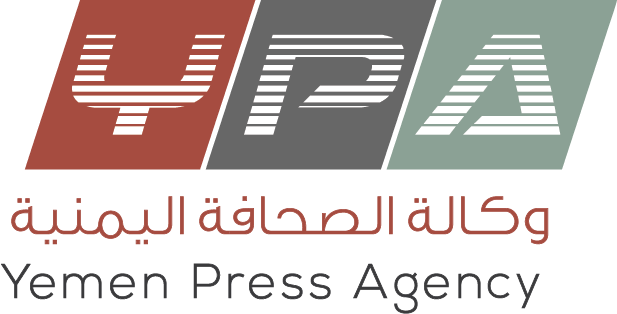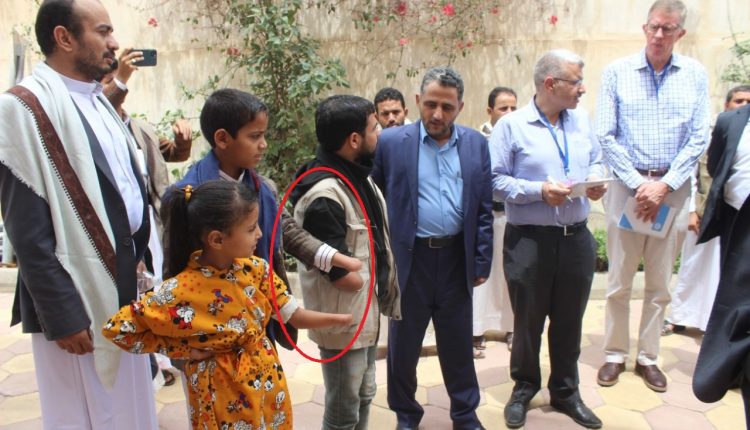SANAA, Jul. 30 (YPA) – The Military Committee, Friday, met with the Military Adviser to the United Nations Representative to Yemen, General Anthony Hayward, and the Director of the Office of the United Nations Representative in Yemen.
The Vice-Chairman of the Military Committee, Brigadier General Hussein Hashem, reviewed with General Hayward the progress of work at the Executive Center for Mine Action in the capital, Sana’a.
Together with the members of the Military Committee and the Director of the Office of the United Nations Representative in Yemen, they heard from the Executive Director of the Center, Brigadier Ali Safra, an explanation about the capabilities of the center and the difficulties and obstacles facing the workflow in light of the United Nations’ disavowal of its previous pledges to support the center, especially in the provision of detectors and personal protective equipment. For mine teams.
During the visit, Brigadier General Hussein Hashem stressed the importance of the United Nations playing its role in providing demining devices and cluster bombs, which the center needs to continue its humanitarian role in clearing the sites of the remnants of the aggression, especially with regard to opening roads.
He referred to the catastrophic effects left by mines on citizens and claimed dozens of civilian lives under the UN truce, pointing out that the number of martyrs who died as a result of the explosion of cluster bombs during the truce period is more than the number of martyrs as a result of violations of the US-Saudi aggression.
Brigadier General Hashem clarified that the executive center for dealing with mines is purely humanitarian and supervised by the United Nations Development Program and has nothing to do with the military side.
In addition, the Vice-Chairman of the Military Committee and the Military Adviser to the United Nations Representative and their escorts visited the open exhibition in the center square of the remnants of air raids, shells and cluster bombs.
They listened to the organizers of the exhibition for a detailed explanation about the types of internationally prohibited cluster bombs dropped by the aggression on the Yemeni people, as well as the types of American, British and Israeli shells and missiles, all of which resulted in thousands of civilian casualties, especially children and women.
E.M


